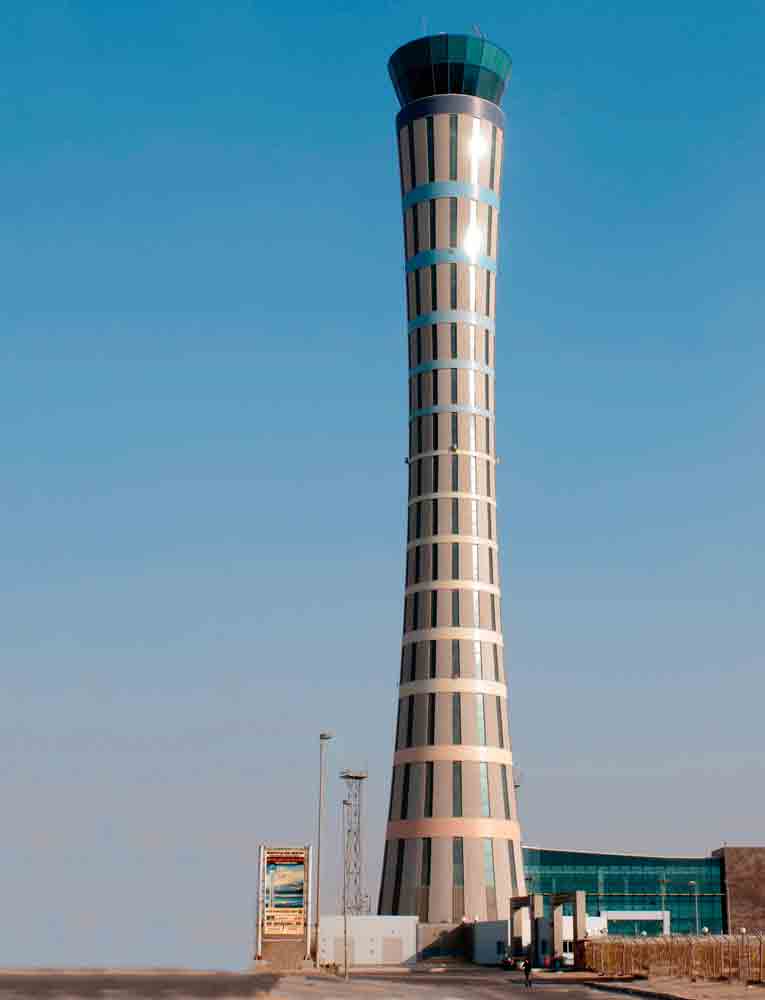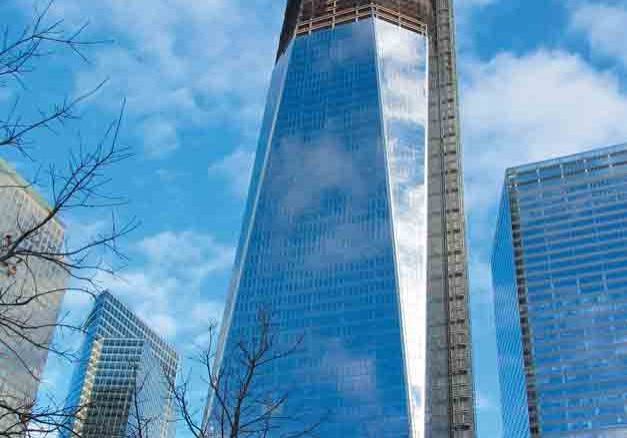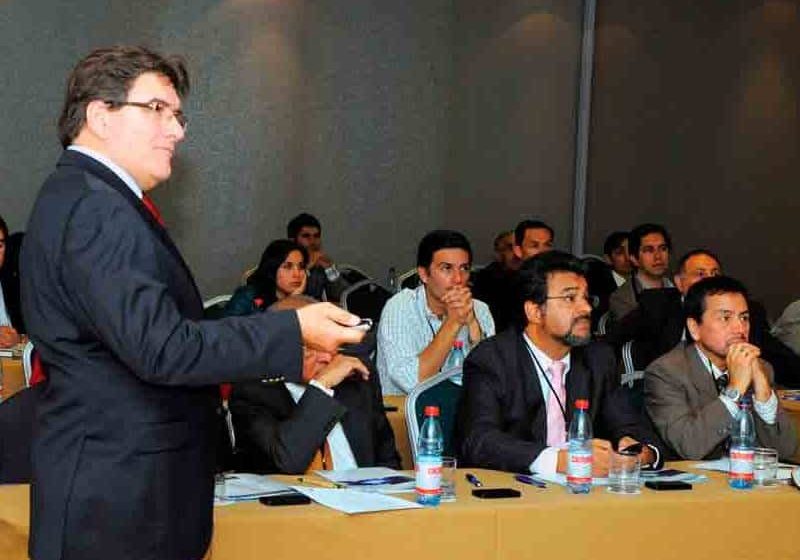Elevator, Escalator Installations at Cairo International Airport
Aug 1, 2012

ThyssenKrupp Elevator (Egypt) installed elevators, escalators and moving walks at this airport to facilitate an expected rise in passengers.
Cairo is the largest city and one of the most populated areas in Africa and the Middle East. The Cairo International Airport provides a crossroads between Africa, the Middle East, Europe and the Persian Gulf, and is expected to become a major regional hub for the respective areas. According to Airport Council International, the airport is the second largest in Africa in terms of air traffic. The facility’s annual passenger capacity is approximately 9.5 million but is expected to reach 20 million by 2020.
The Ministry of Civil Aviation, Egyptian Holding Co. for Airports & Air Navigation and Cairo Airport Co. joined efforts to develop a long-term plan to upgrade and modernize the facilities and increase its capabilities. The plan began in 2002 with Terminal 1. Terminal 2 is currently closed and is expected to remain so until 2013. The construction of a third terminal building was completed in 2009, but its elevator, escalator and moving-walk installation continued until 2011. Thyssen-Krupp Elevator (Egypt) supplied the terminal building with 63 elevators, 51 escalators, 44 moving walks, six inclined moving walks and 23 passenger boarding bridges.
In addition to the terminal upgrades, construction on the airport’s new 120-m-tall air-traffic control tower was completed in 2010. The US$30-million tower construction project was awarded to Orascom Construction and Industries Co., and the facility was designed by ADPI. The project also included the construction of four 36-m-high buildings for radar equipment. ThyssenKrupp Elevator equipped the tower with three machine-room-less (MRL) elevators. Two of the MRL units travel at 2.5 mps and serve five and 15 stops, from the ground floor to floor 31, respectively. The third elevator travels at 1.5 mps and serves two stops. The systems’ steel beams were integrated into the shaft construction.
Get more of Elevator World. Sign up for our free e-newsletter.








